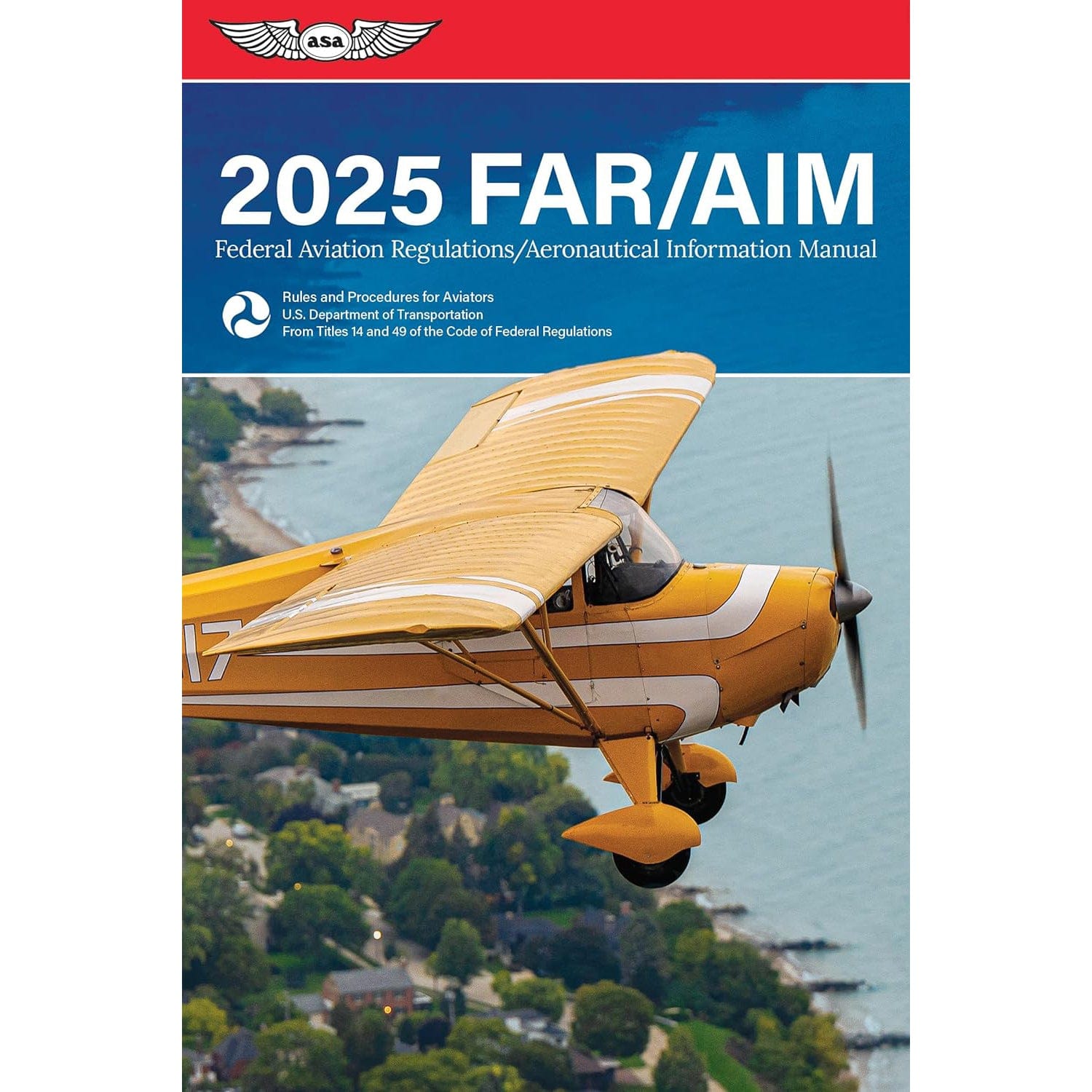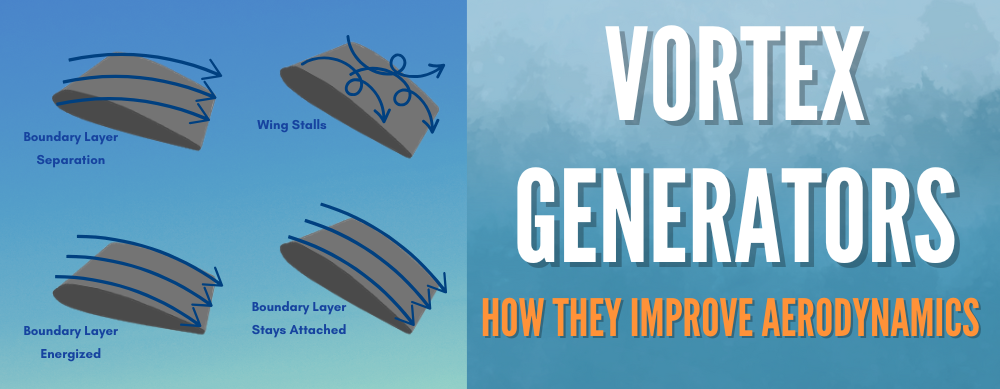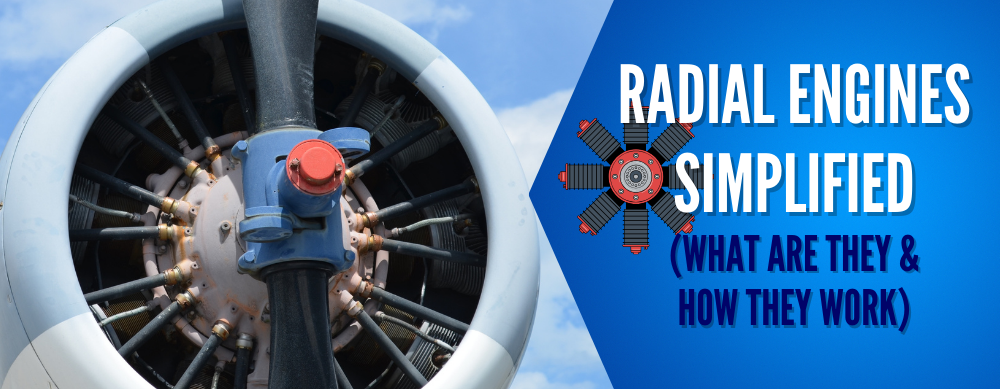Estás planeando un viaje nocturno hacia el norte y, de repente, sucede: comienza a formarse hielo en tu avión. Hay mucho en juego: alas cubiertas de hielo, respiraderos del tanque de combustible obstruidos y entradas de aire del motor obstruidas pueden afectar drásticamente tu control, velocidad y seguridad general del vuelo.
¿Está preparado para afrontar un vuelo en condiciones conocidas de formación de hielo? ¿Conoce las mejores estrategias para proteger las superficies críticas de los peligros de la acumulación de hielo? Tanto si vuela en aviones de aviación general como en aviones comerciales, mantenerse a la vanguardia de la formación de hielo es una parte fundamental de las operaciones de vuelo invernales.
Las condiciones de congelamiento y el hielo son un peligro grave que puede afectar todos los aspectos de su vuelo. El hielo se acumula en las alas, las entradas de aire del motor y las superficies de la cola, lo que afecta su control, rendimiento y visibilidad.
No permita que las condiciones de hielo lo tomen por sorpresa. Aquí es donde entran en juego los sistemas antihielo y deshielo de aeronaves robustos.
En este artículo, analizaremos en profundidad seis sistemas esenciales y explicaremos cómo cada uno de ellos le permite volar de forma segura cuando bajan las temperaturas. Hablemos de cómo garantizar que su avión se mantenga en óptimas condiciones, incluso cuando el clima invernal intente congelar sus planes de vuelo.
RESUMEN
-
Los sistemas antihielo de las aeronaves evitan la acumulación de hielo en superficies vitales.
-
Los equipos antihielo eliminan el hielo una vez que se ha formado en la aeronave.
-
Los sistemas de purga de aire envían calor desde el motor a las superficies de las alas y la cola.
-
Los sistemas antihielo químicos utilizan soluciones anticongelantes para romper químicamente la formación de hielo en las superficies.
-
Las botas inflables , a menudo en los bordes de las alas, se expanden y contraen para eliminar el hielo acumulado.

¿Cuál es la diferencia entre antihielo y descongelante?
Puede parecer que los tratamientos antihielo y descongelantes hacen la misma función, pero en realidad funcionan en diferentes etapas de la protección de su aeronave contra los peligros relacionados con el hielo.
Antihielo
El sistema antihielo es parte de un sistema de protección contra el hielo proactivo y está pensado para ser la primera línea de defensa contra la adherencia del hielo a la aeronave. Estos sistemas se activan en cuanto se alcanzan temperaturas bajo cero o zonas en las que se sabe que se forman hielo . Su función es calentar o tratar constantemente las superficies de la aeronave para evitar la acumulación de hielo .
Generalmente, encontrará antihielo en motores, alas y parabrisas, áreas críticas donde la formación de hielo puede comprometer gravemente el rendimiento de la aeronave y la visibilidad del piloto .
Descongelación
El deshielo es una medida reactiva diseñada para eliminar el hielo una vez que ya está allí. A diferencia de los sistemas antihielo, los sistemas de deshielo no funcionan de forma continua, sino que se activan cuando es necesario y emplean métodos como botas inflables, calor o productos químicos para separar el hielo de las superficies.
Debido a que el proceso de descongelación puede dejar hielo en la superficie durante períodos cortos antes de que se desprenda, los pilotos deben prestar mucha atención al tiempo y activar el sistema antes de que el hielo se vuelva demasiado espeso.

Seis sistemas esenciales de antihielo y descongelación de aeronaves explicados
Analicemos en profundidad seis sistemas antihielo y deshielo comunes que protegen a las aeronaves de la formación de hielo estructural . Estos son fundamentales para mantener operaciones de vuelo seguras en temperaturas bajas o precipitaciones heladas.

1. Purga de sistemas de aire
Los sistemas de purga de aire son comunes en los aviones a reacción y turbohélice de mayor tamaño. Canalizan el aire purgado del motor (aire caliente) para proporcionar calor a los bordes de ataque , las superficies de las alas y la cola y otras áreas propensas al hielo.
Este aire caliente mantiene las superficies por encima del punto de congelación, lo que evita la formación de hielo. Los sistemas de purga de aire son fiables para una protección continua contra el hielo durante vuelos largos, aunque pueden consumir mucha potencia del motor. Por este motivo, se encuentran principalmente en aeronaves con motores lo suficientemente potentes como para soportar la demanda de energía adicional.
2. Bordes de ataque calentados
Los bordes de ataque calefactados utilizan elementos de calefacción eléctricos o neumáticos para evitar la acumulación de hielo en los bordes de ataque de las alas, la cola y otras áreas críticas. Este método mantiene la forma aerodinámica de la aeronave, esencial para una sustentación y un manejo constantes.
En el caso de aeronaves más pequeñas que no admitan sistemas de purga de aire, los bordes calentados eléctricamente son una opción popular. Ofrecen un enfoque directo para la prevención del hielo y funcionan de manera continua para minimizar la acumulación de hielo en condiciones de formación de hielo persistente.

3. Sistemas químicos antihielo
Los sistemas antihielo químicos emplean una solución anticongelante (generalmente a base de glicol) para interrumpir o prevenir la formación de hielo. El líquido se esparce sobre superficies como los respiraderos del tanque de combustible, los tubos de Pitot y los bordes de ataque de las alas.
Dado que requieren una energía mínima en comparación con los sistemas calefactados, los antihielo químicos son una solución ideal para aeronaves más pequeñas. Sin embargo, los pilotos deben controlar los niveles de líquido y reponerlo según sea necesario, especialmente en vuelos más largos o en condiciones de formación de hielo constante.
Tipos de productos químicos antihielo y descongelantes
En la aviación general , los métodos físicos como escobas y raspadores suelen ayudar a eliminar el hielo del suelo. Sin embargo, algunos aeropuertos ofrecen líquidos antihielo y descongelantes químicos especializados para una protección más completa.
Si piensa utilizar estos servicios, póngase en contacto con el aeropuerto antes del vuelo. Estos servicios suelen implicar la pulverización de líquidos a base de glicol en el avión para eliminar el hielo existente o evitar que se acumule más.
Estos son los tipos de fluidos más comunes:
-
Tipo I (naranja) : la opción más común en la aviación general. Es un líquido calentado y más fino que se rocía sobre la aeronave para eliminar rápidamente el hielo. Si bien ofrece un breve período de protección, no permanece en la superficie durante mucho tiempo.
-
Tipo II (amarillo claro) : un fluido más espeso diseñado principalmente para aviones más grandes y rápidos. Permanece en la superficie durante más tiempo para evitar la formación de hielo y luego se desprende durante el despegue a medida que aumenta la velocidad aerodinámica. No se suele utilizar en aviones más pequeños, ya que las velocidades más bajas pueden no eliminarlo de manera eficaz.
-
Tipo III (amarillo pálido) : fluido intermedio adecuado para aeronaves más lentas, incluidas algunas aeronaves de aviación general . Proporciona protección prolongada sin ser tan espeso como para no desprenderse a velocidades moderadas.
-
Tipo IV (verde) : el fluido más espeso y de mayor duración, utilizado principalmente por aerolíneas comerciales que esperan una formación de hielo intensa. Para la aviación general , suele ser más protección de la necesaria, pero es vital para aeronaves más grandes en condiciones extremas.

4. Botas inflables
Las botas inflables son un sistema clásico de deshielo que se encuentra comúnmente en las superficies de control y en los bordes de ataque de las alas. Estas botas de goma se inflan y desinflan rápidamente, agrietándose y desprendiendo el hielo acumulado.
Dado que las botas inflables no siempre están activas, el momento adecuado es crucial: actívelas cuando el hielo comience a acumularse, pero antes de que se vuelva demasiado espeso como para desprenderse fácilmente. Este equilibrio garantiza un método rápido y eficiente para limpiar el hielo peligroso.
5. Calentadores de tubo de Pitot
Los calentadores de tubo de Pitot son una pieza pequeña pero vital del equipo antihielo que protege el indicador de velocidad aerodinámica de la formación de hielo. Incluso una pequeña cantidad de hielo dentro de un tubo de Pitot puede producir lecturas de velocidad aerodinámica peligrosamente inexactas.
Los calentadores de tubo de Pitot, que suelen funcionar con electricidad, mantienen el tubo lo suficientemente caliente para evitar la formación de hielo. Esto garantiza datos consistentes y confiables para una navegación segura, algo absolutamente necesario en condiciones climáticas invernales.
6. Sistemas antihielo del motor
El tratamiento antihielo del motor se centra en proteger las entradas del motor y otros componentes críticos del motor contra la acumulación de hielo. Puede utilizar aire purgado del motor o elementos de calefacción eléctricos para mantener las entradas libres de hielo.
En los motores de turborreactores y turbofán , incluso una pequeña acumulación de hielo puede interrumpir el flujo de aire y dañar los componentes internos. Al evitar la formación de hielo en la admisión, estos sistemas protegen el rendimiento del motor y reducen el riesgo de que se apague en temperaturas bajo cero .

Preguntas frecuentes
-
¿Cuál es la diferencia entre antihielo y descongelamiento en vuelo?
El antihielo evita que se forme hielo en las superficies, mientras que el descongelante elimina el hielo que ya se ha formado.
-
¿Cómo funcionan las botas inflables?
Las botas inflables se expanden y contraen en los bordes de las alas, agrietando físicamente y desalojando el hielo acumulado.
-
¿Qué superficies de un avión suelen necesitar tratamiento antihielo?
Los bordes de ataque de las alas, las superficies de la cola, las entradas del motor y los tubos de Pitot son áreas comunes que requieren antihielo .
-
¿Puede la formación de hielo afectar las ventilaciones del tanque de combustible?
Sí, los respiraderos del tanque de combustible pueden obstruirse debido al hielo. Las medidas antihielo adecuadas garantizan una ventilación adecuada y un flujo seguro de combustible.
Llevar
Comprender las capacidades y los límites de cada sistema antihielo y deshielo es fundamental para realizar vuelos seguros en invierno. Reaccionar demasiado tarde o depender únicamente de un método puede dejarlo vulnerable a la rápida acumulación de hielo.
Prepárese a fondo revisando el Manual de operaciones del piloto (POH) de su aeronave, manteniéndose actualizado sobre las pautas de la FAA y asegurándose de que todos los sistemas estén en óptimas condiciones. Con las herramientas adecuadas y una activación estratégica, estará listo para enfrentar incluso los cielos más helados.
¡Vuele con seguridad y anticípese al clima invernal!
¿Interesado en estar preparado para el invierno?
¡Nuestras guías están diseñadas para ayudar! Consulte estos recursos para obtener más información sobre seguridad de vuelo en invierno y deshielo de aeronaves :
-
Descongelación de aviones: por qué es un paso crucial antes de despegar
-
Botas antihielo neumáticas (características y ventajas principales)
-
Las 8 mejores (y auténticas) chaquetas bomber para hombre en 2024
-
Sistemas de protección contra el hielo TKS (qué son y cómo funcionan)
¿Le resultó útil este artículo?
¡Cuéntanoslo en los comentarios! Si tienes más sugerencias o preguntas sobre la formación de hielo en los aviones y las operaciones invernales, nos encantaría saberlo.







